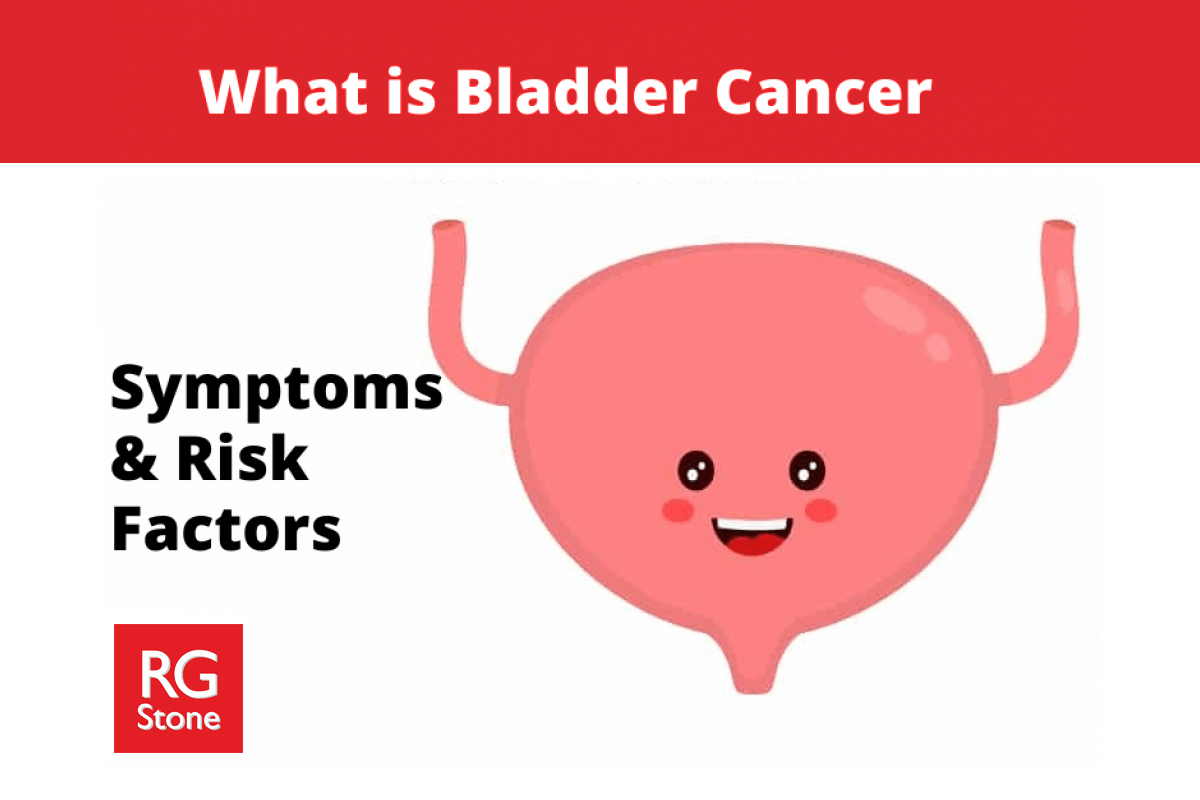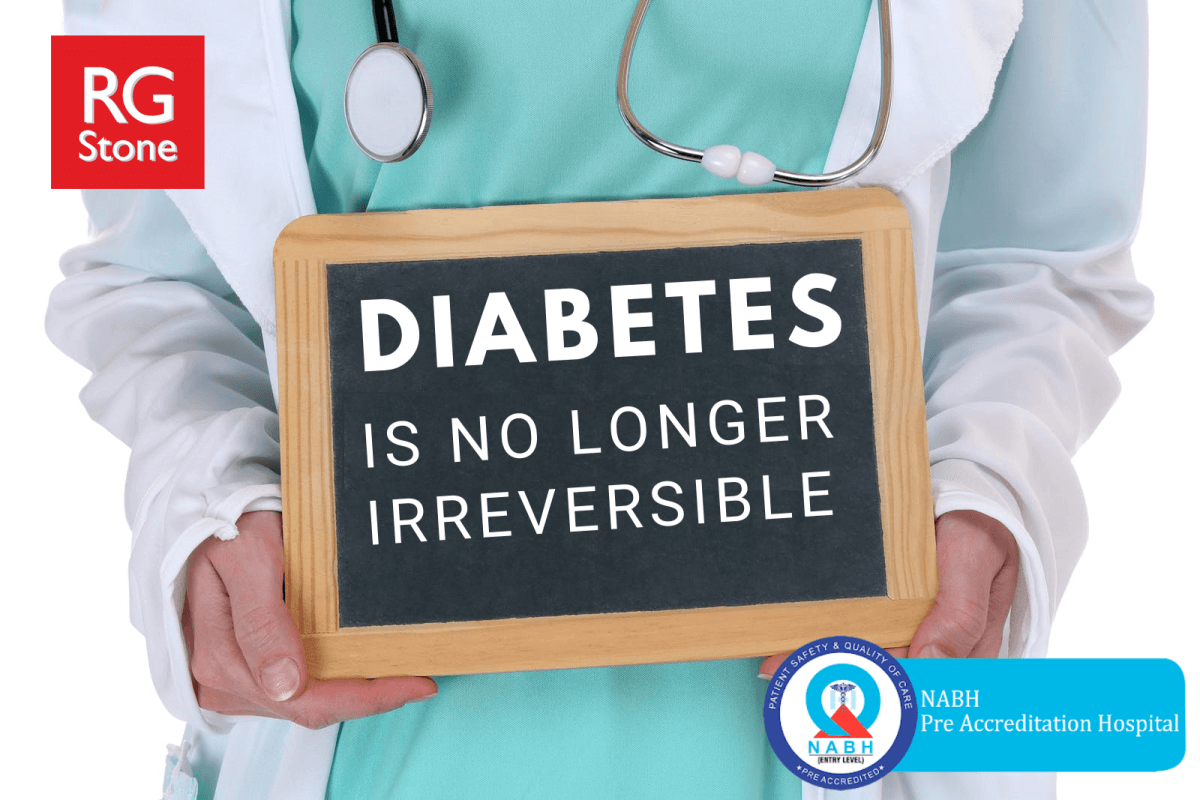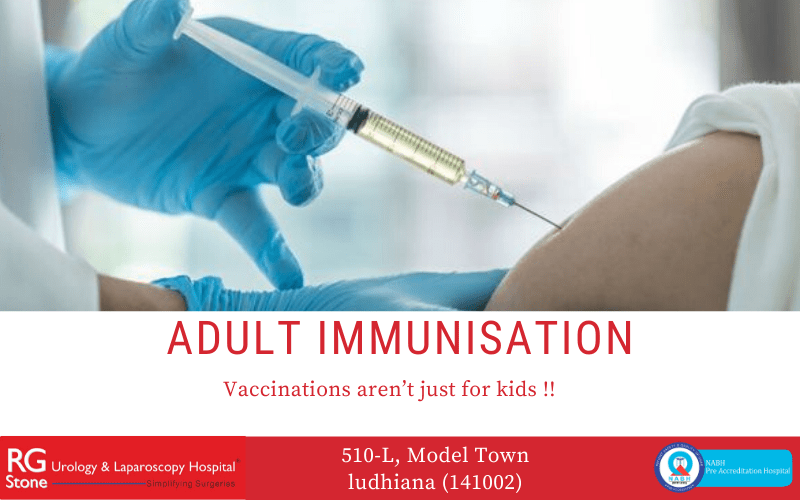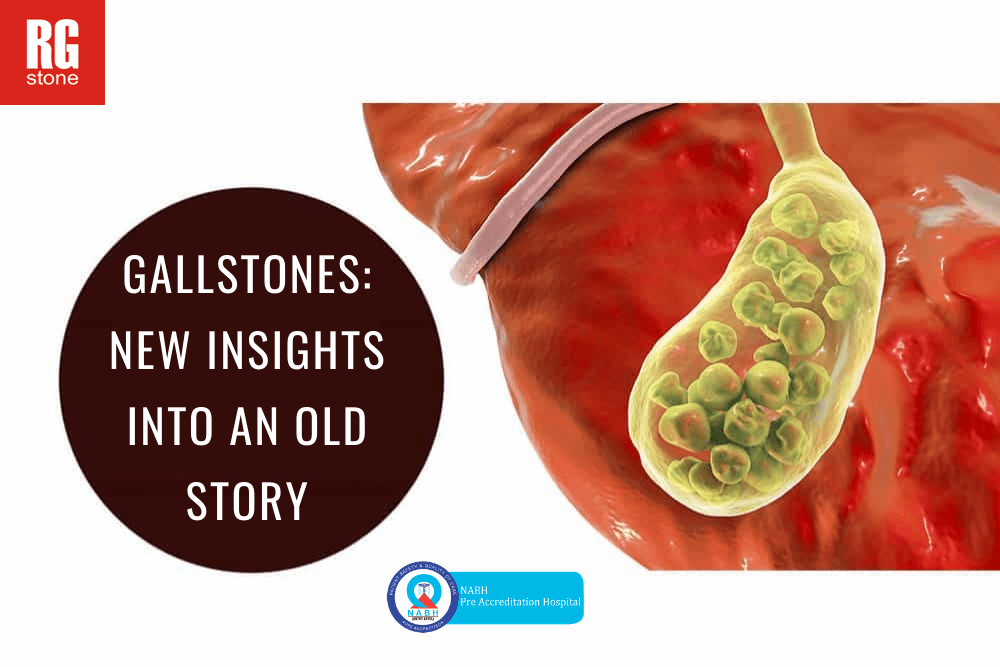Although stones in gallbladder have been known to cause symptoms and complications for centuries, our understanding of its natural history and clinical associations continues to evolve till now. The gallbladder is a small, pear-shaped pouch that hangs out just under the liver. It stores a green-colored liquid known as bile, which helps in fat digestion. The liver produces approximately 500 ml to 1,000 ml of bile per day, but gallbladder concentrates it ten times and stores 30 to 50 ml of denser bile, which is best suited for fat digestion. Bile contains two important constituents, cholesterol and bilirubin. Bilirubin is a pigment formed by the breakdown of red blood cells in the liver. After meals, the gallbladder squeezes stored bile into the small intestine through a series of tubes called ducts and itself gets empty and flat.
Gallstones are a very common problem worldwide and considered to be a major affliction in modern society. They are in fact, hardened deposits of cholesterol or bilirubin or both which get supersaturated in bile whenever there is an imbalance in its composition. Thereby, there are three types of gallstones: pure cholesterol (more common in the western world), pure bilirubin/pigment stones and mixed stones. These deposits may vary in size, shape or number.
People at risk for gallstones are
- Elderly
- Females
- Pregnant females
- Obese
- Diabetics
- Western diet (high-fat content with more refined carbohydrates and less fiber)
- Certain drugs like contraceptive pills, lipid-lowering agents
- Rapid weight loss
- Even diet extremely low in fats can increase gallstone risk as it leads to less usage of the gallbladder and prolonged stasis of bile, which may cause precipitation of cholesterol.
Natural history
In most cases, gallstones do not cause symptoms (silent stones) and go unnoticed unless incidentally detected on routine ultrasound. Only 10% and 20% will eventually become symptomatic within 5 years and 20 years of diagnosis respectively. The average risk of developing symptoms is 2.0-2.6% per year. Female gender, presence of multiple stones, and stones greater than 10 mm are associated with a higher risk of complications
Complications of gallstones
- Gallstones usually cause symptoms when they get moved and become lodged within a duct that carries bile. It may cause inflammation/infection/rupture of gallbladder. Symptoms are abdominal pain (within an hour of eating a large meal or in the middle of the night), nausea, indigestion, or fever.
- The blockage of the common bile duct may cause jaundice (cholangitis).
- Inflammation of the pancreas can occur if stone happens to block the pancreatic duct (pancreatitis).
- Rarely, a large gallstone can reach the intestine and cause blockage there with resultant gangrene and infection.
- Gallstones, especially those larger than > 3 cm are risk factors for gallbladder cancer.
Clinical associations
Newer data suggest a broad association of gallstones with overall mortality, cardiovascular disease, gastrointestinal cancers, and non-alcoholic fatty liver disease. In fact, these associations reflect the presence of shared underlying risk factors like diabetes, obesity and insulin resistance in all the above-mentioned medical problems. So, gallstone disease is now emerging as an important marker of an increased future risk for medical comorbidities which signals for early and aggressive lifestyle modifications.
Medical and surgical management
- Laparoscopic removal of the gallbladder is an outpatient, minimally invasive, safe procedure with a short hospital stay. Contrary to the popular belief, removal of gall bladder does not lead to any significant digestive problems. Only about 1-2% of people can have loose or greasy stools after fatty meals, and fatty foods may take a little longer time to digest. It does not lead to any vitamin deficiencies.
- Stones impacted in major ducts are also easily amenable to removal by endoscopic measures (E.R.C.P.).
- Medical options for the prevention and treatment of gallstones continue to evolve as well. But drug therapies have fallen out of favor because of lower efficacy and higher recurrence rates.






